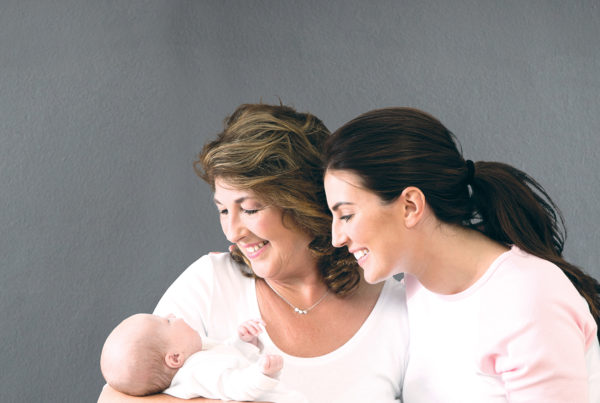
In theory, people want to be healthy. They want to make responsible day-to-day choices that help them lead better lives. But with the day-to-day stresses of work, family, and bills—and only so many hours in the day—this can be easier said than done.
Likewise, employers have good reason to hope their employees don’t face health problems. For the sake of productivity, it’s in every company’s best interests to promote a healthy workforce. But while employers and employees can agree that staying healthy is the goal, the reality is a little more complicated. What exactly can employers do other than offer wide-reaching support when their employees do get sick?
The answer: Take action before they even get there. By assessing employees for potential health risks and giving them resources and support to correct these issues before they become severe, the Health Risk Assessment helps companies to empower their workforce to lead healthier, more productive lives.
One company’s Health Risk Assessment experience: Finding the problem
Rosana’s company wanted to provide a more meaningful and supportive health strategy to its employees, but the higher-ups weren’t sure where to begin. “Informal surveys with our employees told us that many did not feel like they were leading healthy lives, but we couldn’t be sure of why that was,” Rosana says.
That’s when they implemented their first customized Health Risk Assessment campaign for the employee population. After collecting responses over several weeks, the Health Risk Assessment provided Rosana and her administration team with an illuminating report, which highlighted a lack of physical activity as the company’s highest risk factor.
While the Health Risk Assessment report’s data is provided in aggregate to protect individual employees’ privacy, it showed that a large portion of respondents were not getting the recommended 150 minutes of vigorous physical activity per week. The report further explained how the employees accounted for this lack: they felt they had “no time, no access to a gym/training facility, and a lack of money for a gym membership or activity fees.”
Making a change
In the report, it was recommended that Rosana’s company offer discounts to the closest local gyms, and then offer one free hour off from work per week to those who signed up for and attended the gym. At once, this strategy tackled the employees’ issues of lacking time, access, and financial means, giving them an incentive to make this positive change. But this new strategy was only one piece of the puzzle.
“The Health Risk Assessment clearly showed us how to provide what our employees were lacking, but we weren’t the only ones being illuminated,” Rosana explains. “On our end, we got an action plan. But on their end, the employees did too. Each person who completed the assessment was given a personalized breakdown of their own health risks, with recommendations of where they could stand to make changes, and how.”
For some employees, Rosana believes, this personal touch made all the difference.
“It’s one thing for your bosses to give you a well-meaning suggestion,” Rosana says. “It’s quite another for you to be given a tailored explanation that helps you understand exactly why that suggestion is relevant to you.”
Making change easy from start to finish
“Every step of the way, the Health Risk Assessment made things easy for us,” Rosana says. “The guide provided by Novus Health that assisted us in setting up a campaign for our employees was clear and detailed, and the final report was full of visualized data and helpful recommendations for us to use. And on our employees’ end, the private reports they received made them feel empowered, as it gave them each their own insight into their health risks and gave them a stake in making better health decisions.”
When it comes to good health, prevention is key. And with the Health Risk Assessment, organizations and their members can join forces to make a transformative change to their health culture.
Discover how we help our clients and their employees, members and customers.



